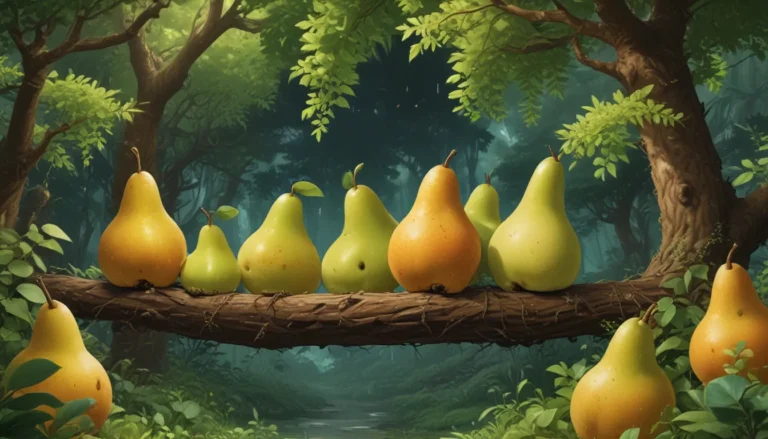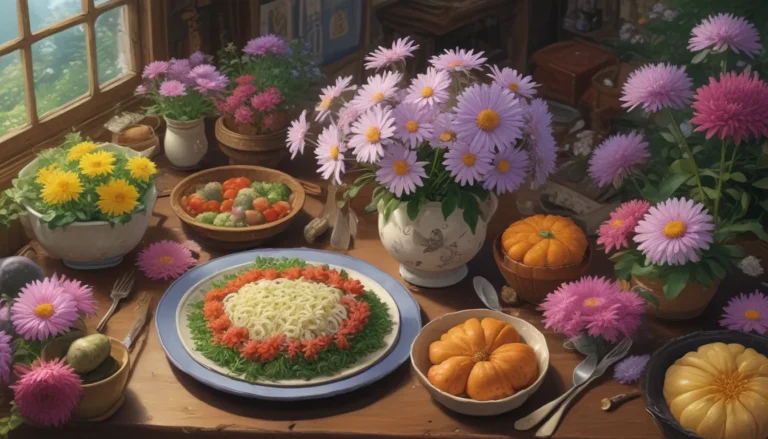An In-depth Look at the Variety of Aloe Plants You Can Grow

When it comes to aloe plants, most of us are familiar with Aloe barbadensis, also known as aloe vera, which is a popular choice for its numerous health benefits. However, did you know that there are hundreds of different species of aloe, each with its own unique characteristics and growing habits?
In this article, we’ll explore the diverse world of aloe plants, including cold-hardy types, compact varieties, colorful options, rambling or shrub-like types, tree aloes, and hybrids with Gasteria and Haworthia. By the end, you’ll have a better understanding of the various types of aloe available and how to care for them.
Basic Aloe Variations
A common misconception is that all aloe plants are compact, houseplant-worthy specimens. However, some species can grow to be quite large, reaching great heights or sprawling across broad spaces in tree or shrub form. Additionally, aloe plants can produce clusters of brightly colored flowers on conical or cylinder-shaped racemes.
It’s essential to consider the type of blooms and foliage color you can expect from different aloe plants. While most blooms come in shades of red, orange, or yellow, some cultivars and hybrids feature flowers in pink, coral, or white tones. Foliage color can also vary, with shades of red, purple, yellow, or blue available in addition to the traditional green varieties.
Cold-Hardy Types
Most aloe plants feature fleshy, succulent leaves with toothed margins and prefer outdoor growing in hot, arid climates. However, there are cold-hardy types suited for cooler regions where temperatures fall between 20 and 50°F. These types, such as Aloe brevifolia and Aloe striata, can tolerate chilly temperatures and make lovely additions to rock gardens or succulent mass plantings.
Compact Types
Compact aloe specimens are popular among houseplant lovers and amateur home gardeners. While they may be small when mature, these varieties tend to spread as they send out runners and pups. Aloe distans, Aloe polyphylla, and varieties like ‘Minnie Belle’ are examples of compact aloe plants known for their unique growth habits and striking appearances.
Color Variations
Aloe plants come in a range of colors, including red, purple, blue, yellow, gold, and orange tones. Some species and cultivars are bred specifically to enhance these unusual colors, making them stand out in any landscape or indoor setting. Varieties like ‘Crosby’s Prolific,’ ‘Christmas Carol,’ and ‘Purple Haze’ display vibrant hues that add a pop of color to any collection.
Rambling or Shrub-Like Types
Some larger aloe plants have a shrub-like habit and can be incorporated into xeriscapes and rock gardens. Species like Aloe arborescens and Kumara plicatilis are popular choices for their structural beauty and tolerance for various conditions. Additionally, climbing varieties like Aloiampelos ciliaris add a quirky touch to any collection with their unique growth patterns.
Tree Types
Tree aloes are lesser-known varieties that can reach giant proportions, with some species growing up to 18 feet tall. These types feature a single central column or trunk topped with spiky leaves in the typical rosette pattern. While they may be challenging to grow in certain settings due to their size, tree aloes make a stunning addition to landscapes with ample space.
Gasteria and Haworthia Hybrids
Hybrid aloes bred with Gasteria and Haworthia species offer a unique combination of characteristics, textures, and colors. Known as Gasteraloe hybrids, these plants are well-suited to indoor growing and remain compact in size. With novel leaf textures, shapes, sizes, and colors, these hybrids bring a fresh look to any plant collection.
Conclusion
With such a diverse range of aloe plants available, there’s no shortage of options for home gardeners and plant enthusiasts. Whether you’re interested in cold-hardy types, compact varieties, colorful options, shrub-like specimens, tree aloes, or hybrids, there’s a type of aloe to suit every preference and growing condition.
What type of aloe are you growing? Share your experiences and questions in the comments below! And if you’re looking to expand your knowledge of aloe plants, check out the recommended titles listed in this article for more information.
By exploring the variety of aloe plants and their unique characteristics, you’ll discover a world of possibilities for enhancing your indoor or outdoor garden with these beloved succulents.





